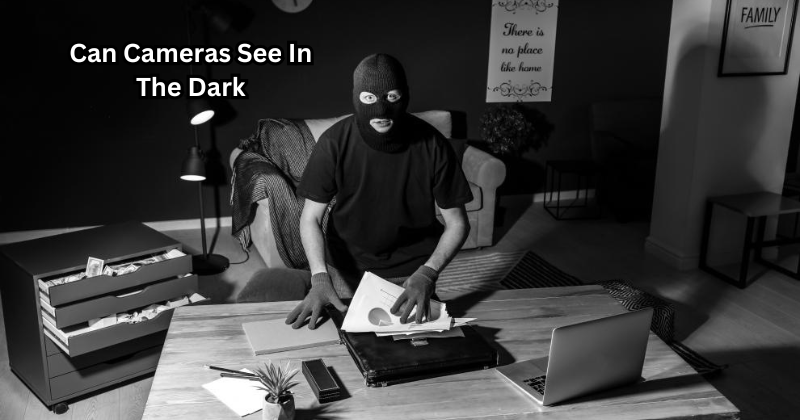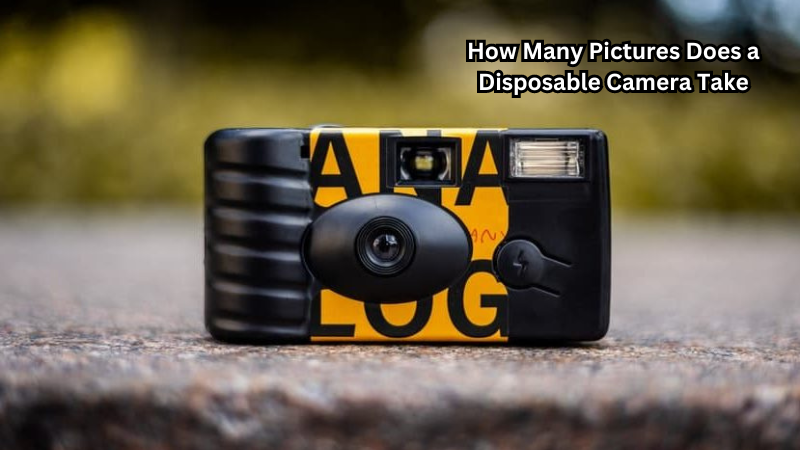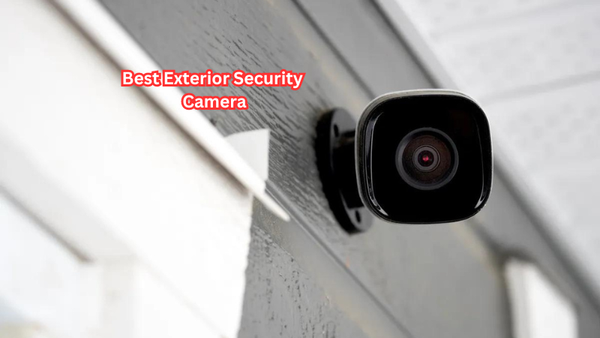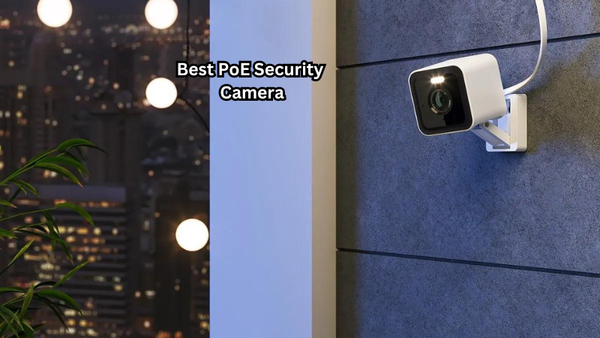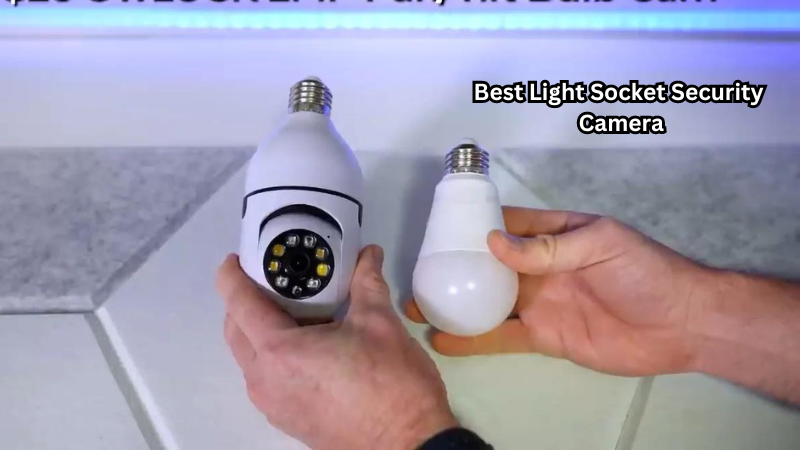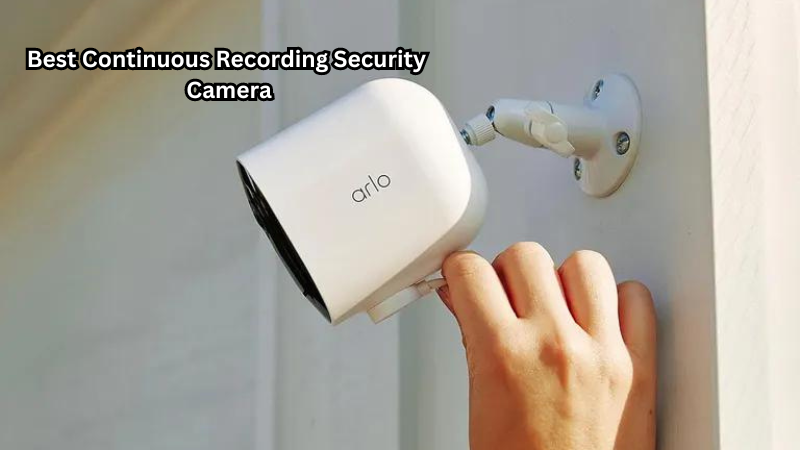Have you ever wondered if cameras can see in the dark?
Night vision technology has significantly advanced, enabling cameras to capture images in low-light or completely dark environments. This innovation has revolutionized surveillance, photography, and cinematography, offering a glimpse into the unseen world after sundown.
Modern cameras can amplify ambient light or even penetrate darkness to produce clear and detailed images by utilizing infrared technology, specialized sensors, or image processing algorithms.
Join us to explore how cameras navigate the darkness, revealing the fascinating capabilities that allow them to peer into the shadows with remarkable clarity and precision.
Importance of Security Cameras See in Dark
One of the most significant applications of night vision cameras is security and surveillance. Because they can capture images in low-light conditions, they have become essential tools for law enforcement agencies, businesses, and homeowners alike.
Security cameras with night vision capabilities provide a sense of safety and protection and serve as a valuable tool for identifying intruders or suspicious activity during nighttime hours.
In addition, they can assist in monitoring remote locations or areas with poor lighting conditions, ensuring constant surveillance even in the darkest of environments.
Types of Cameras with Night Vision Capabilities
Now, let's examine the different types of cameras that can see in the dark.
- Infrared (IR) Cameras
Infrared cameras convert thermal energy into visible light to capture images in complete darkness. They emit infrared light that is reflected off objects and then captured by the camera's sensor, producing a black-and-white image with varying degrees of contrast.
Infrared cameras are commonly used in military and law enforcement operations, where covert surveillance is necessary. They are also utilized for wildlife monitoring, as they do not emit visible light that could disturb animals.
- Low-Light Cameras
Low-light cameras use specialized sensors with increased sensitivity to capture images in low-light conditions. These sensors can amplify even the smallest amount of light, producing clear and detailed images in near-darkness.
Unlike infrared cameras, security cameras with low-light capabilities do not require additional light sources and are commonly used for outdoor surveillance or wildlife photography. They are also popular for indoor use, as they can capture images in dimly lit areas such as hallways or stairwells.
- Thermal Imaging Cameras
Thermal imaging cameras capture images using heat signatures rather than visible light. They detect temperature differences in objects and convert them into an image using a color gradient, allowing viewers to see objects even in complete darkness.
These cameras have various applications, including firefighting, search and rescue operations, and military use.
Technology Behind Night Vision Cameras
Let's explore the technology that enables cameras to see in the dark.
Infrared Light and LEDs
As mentioned earlier, infrared light is critical to night vision cameras. Infrared LEDs (light-emitting diodes) emit infrared light, which is then reflected off objects and captured by the camera's sensor.
LEDs allow for covert surveillance as they are not visible to the human eye. IR LEDs play a role in night vision technology. Night vision security cameras also utilize IR LEDs to provide illumination for capturing images in low-light conditions.
Specialized Sensors
Low-light and thermal imaging cameras use specialized sensors that are more sensitive to light than traditional ones. These sensors can detect even the smallest amounts of light and convert them into clear, detailed images.
Image Processing Algorithms
In addition to specialized sensors and infrared technology, image processing algorithms play a crucial role in producing clear images in low-light conditions. These algorithms enhance contrast and reduce noise, producing sharper and more detailed images.
These algorithms are continuously evolving, with advancements in artificial intelligence and machine learning allowing for even better image processing capabilities in night vision cameras.
How Far Security Cameras Can See in the Dark?
The distance a security camera can see in the dark depends on various factors, such as the type of camera, ambient light, and environmental conditions. Infrared cameras typically range up to 100 feet, while low-light cameras can capture images from further distances depending on the available light.
Furthermore, advanced technology, such as laser illuminators, can significantly extend the range of night vision cameras. Night vision security cameras can also utilize multiple cameras with overlapping fields of view to provide a better overall image in low-light environments.
Challenges and Limitations
Some factors can affect the performance of night vision cameras, resulting in limitations and challenges. Here are a few common ones to keep in mind:
Environmental Conditions
Harsh weather conditions, such as heavy rain or fog, can affect the performance of night vision cameras, reducing visibility and image quality.
Light Pollution
Light pollution from nearby buildings, streetlights, or other sources can impact the effectiveness of night vision cameras. In these scenarios, infrared cameras may produce overexposed images, and low-light cameras may struggle to differentiate between objects.
Black and White Images
While infrared and low-light cameras can produce clear images in the dark, they typically only capture black-and-white or grayscale images. This limitation may make identifying specific details such as clothing colors or vehicle models difficult.
Most security cameras with night vision capabilities also have the option to switch between color and black-and-white mode, which allows for better image quality in certain situations.
Best Practices for Optimizing Night Vision Cameras
Here are a few tips to ensure your night vision cameras are functioning at their best:
- Regularly clean the camera lens to avoid the buildup of dirt or debris that can impact image quality.
- Adjust camera settings, such as sensitivity and exposure levels, to suit the environment and lighting conditions.
- Utilize additional light sources, such as floodlights or laser illuminators, to improve visibility in particularly dark areas.
- Consider using multiple cameras with overlapping fields of view for better overall coverage in low-light environments.
Night vision technologies have advanced greatly in recent years, allowing for clearer and more detailed images in the dark.
FAQs
How does a night vision camera work within a security system?
A night vision camera within a security system works by using infrared radiation to capture images in low-light conditions. These cameras are equipped with sensors that detect IR light, which is invisible to the human eye, allowing the camera to produce clear images even in complete darkness.
What is the role of IR light in night vision security cameras?
IR light, or infrared light, plays a crucial role in night vision security cameras by providing the illumination needed to capture images in the dark. The camera emits IR light, which then bounces off objects and returns to the camera sensor, creating a picture even when human-visible light is absent.
Can all security cameras with a night vision feature see in total darkness?
Most security cameras with a night vision feature can see in total darkness, thanks to their ability to utilize infrared radiation. These cameras have special sensors that can detect IR light, enabling them to produce clear images in conditions that are otherwise completely dark to the human eye.
What are the advantages of using a night vision security camera?
The primary advantage of using a night vision security camera is enhanced security. By providing clear images in low-light or no-light conditions, these cameras ensure continuous monitoring and protection of properties even at night. This capability is crucial for deterring potential intruders and for recording incidents that occur in darkness.
Conclusion
In conclusion, the evolution of camera technology has brought forth remarkable advancements in night vision capabilities, enabling cameras to perceive and capture images in low-light conditions or complete darkness.
Through the integration of infrared sensors, image enhancement algorithms, and specialized lenses, cameras can now unveil hidden details and scenes that were once obscured by the cloak of night.
This enhanced vision not only enhances surveillance and security measures but also revolutionizes photography and cinematography by expanding creative possibilities in challenging lighting scenarios. The ability of cameras to see in the dark opens up a realm of exploration and creativity, pushing the boundaries of visual storytelling and discovery.
